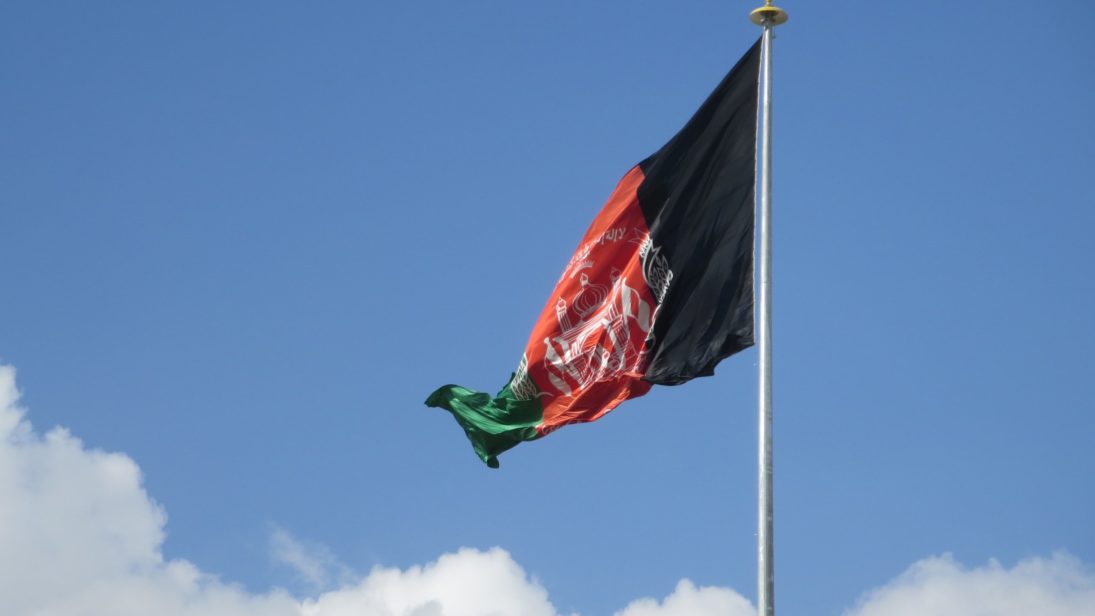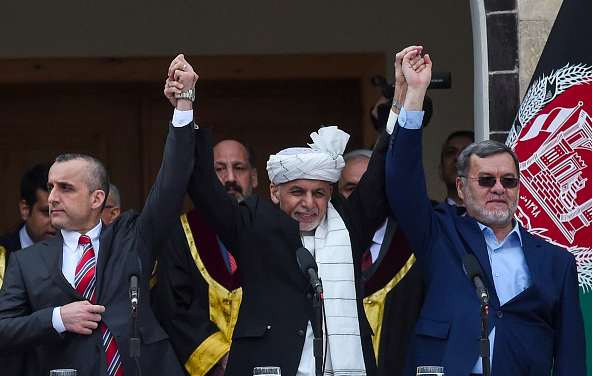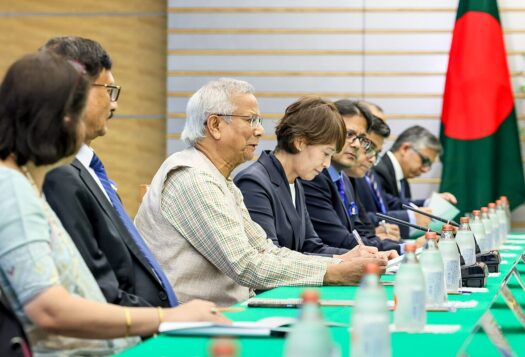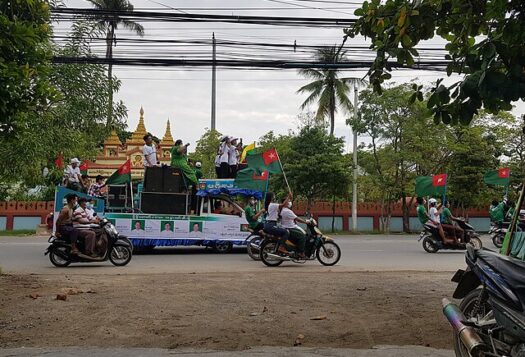
On March 9, Afghanistan’s leading 2019 presidential candidates, National Unity Government (NUG) incumbent President Ashraf Ghani and Chief Executive Abdullah Abdullah, held parallel swearing-in ceremonies after intensive rounds of mediations by U.S. Special Representative for Afghanistan Reconciliation, Zalmay Khalilzad, ended with no breakthrough. The two inaugurations have left Afghanistan with two presidents and on the brink of a political crisis that could yield all-out civil war. These circumstances, however, might also prove an unprecedented opportunity to address the historical conflict over power in Afghanistan.
Afghanistan held its fourth presidential election since 2001 on September 28, 2019, however fraud claims—including some from Abdullah Abdullah, one of the two leading candidates—delayed the results by over four months. After repeated delays, the Afghanistan Independent Election Commission (IEC) announced the final result on February 18, 2020 declaring Ashraf Ghani the winner with 50.64 percent of the vote, and Abdullah Abdullah with 39.52 percent. Only hours after the announcement by the IEC, Abdullah rejected the result and announced that he would form his own inclusive government, claiming that, based on “clean and biometric votes”, he was the winner. Consequently, the international community initially welcomed Ghani’s victory with caution, and neutral election observers criticized Afghanistan for a lack of electoral transparency, claiming that national and international observers were not present during the audit. After Abdullah contested the result, the election was bound for a dead-end, yielding a conflict over power. As Abdullah’s primary support comes from non-Pashtuns, including Hazaras, Tajiks, and Uzbeks, and Ghani’s support consists predominantly of Pashtuns this divide in political support has brought a latent ethnic conflict to the surface.
Now, both leading candidates have held independent inaugurations and the country is facing political deadlock. As divided as ever and facing intra-Afghan negotiations, the Afghan government must present a strong, unified presence at the negotiating table with the Taliban. Though separate parties are engaged in an effort to break the standoff—as it is impossible for the country to have two presidents—the current state of affairs provides a unique opportunity for Afghanistan to develop a political system that guarantees the meaningful participation of all parties.
Pashtun Majoritarianism and Electoral Grievances
The current political stalemate has its roots in the history of the Afghan nation-state, particularly in a nineteenth-century nationalism revolving around the dominance of one ethnic group, the Pashtuns. Although much of the current political turmoil centers on the election, it is only the tip of the iceberg. Just so, Afghanistan’s murky electoral history tells only a partial story of its historical instability.
Though separate parties are engaged in an effort to break the standoff—as it is impossible for the country to have two presidents—the current state of affairs provides a unique opportunity for Afghanistan to develop a political system that guarantees the meaningful participation of all parties.
Based in the notion that the Pashtuns form the majority of the population and have historically ruled the country, some Pashtun leaders have attempted to maintain dominance even by breaking the rules of Afghanistan’s election game. Analysts have argued that the Pashtuns—believing they constitute a majority in a country without an accurate census—have taken their leadership role for granted and are not prepared to relinquish their historical hegemony in the country. The fact that the past three elections in 2009, 2014, and 2019, have all involved allegations of rigging and fraud has aligned with grievances against the ongoing dominance of one ethnic group. This perception and the historical continuation of Pashtun rule, has led the country into a vicious cycle of war and violence. The post-2001 setting did not provide an appropriate answer for the historical grievances of non-Pashtuns, as the Pashtun elites have been able to capitalize on Afghans’ fear of instability and the return of the Taliban as an excuse not to address underlying ethnic divisions as well as silence opposition groups with short-term solutions. These have included offering individuals in the opposition positions in government.
The hegemony of a single ethnic group in an ethnically diverse country, a discriminatory constitution that has disproportionately benefited this group through a highly-centralized political structure has left no options for the non-Pashtuns but resisting and even gambling the current shaky and false stability. A Pashtun-led political order neither corresponds with the facts on the ground nor accommodates all Afghans. As analysts have noted, the current political stalemate is the inevitable result of the historical conflict over power in Afghanistan in which a hegemonic and nineteenth-century mindset towards power relations prevails.
Efforts made by Pashtun political-elite to maintain power at any cost—even by bypassing democratic practices and institutions—have brought the country to the point where its international legitimacy has hugely atrophied. The Afghan government was absent at the negotiating table with the Taliban, without a say in a peace process that is shaping the country’s future. Non-Pashtuns are also afraid of being neglected in the impending intra-Afghan peace talks—throughout the process, Ghani has made significant unilateral concessions to the Taliban and the United States in exchange for returning to the negotiating table and receiving a U.S. stamp of approval for his presidency.

Social and Political Restructuring: The Cure to Current Ails?
The recent presidential election and ensuing simultaneous inaugurations have proven that bypassing democratic rules and institutions in order to maintain Pashtun hegemony is not a sustainable solution and risks renewing conflict in the country. Abdullah’s presidential inauguration and his overwhelming support from non-Pashtuns indicates that non-Pashtuns—frustrated that their votes have not determined their country’s political destiny—are not afraid of resorting to drastic measures. A long-term solution would prevent full-scale violence, overcome this stalemate and take steps towards conflict resolution—thus far, election seasons have brought about only short-term solutions. Instead of discussing the problem, Pashtun elites have made concerted efforts to downplay the importance of this historical ethnic power inequality, dismissing it as personal politics of non-Pashtun elites rather than local grievances. Unless Afghanistan’s rulers address the underlying ethnic grievances and historical conflict over power are fully confronted or resolved, the latent source of conflict will remain.
The recent presidential election and ensuing simultaneous inaugurations have proven that bypassing democratic rules and institutions in order to maintain Pashtun hegemony is not a sustainable solution and risks renewing conflict in the country.
The Afghan people may begin to understand that they cannot find an enduring solution by ignoring the elephant in the room—that is, continued Pashtun hegemony. In 1974, Henry Kissinger suggested that “stalemate is the most propitious condition for settlement,” and stalemate is the exactly position Afghanistan is currently in. Political rationality requires Afghans engage in constructive dialogue to find a way out of the current mess. All Afghan citizens—and especially the political elites, scholars and analysts—must develop the courage to raise concerns and face the implications of what a monopolistic and mono-ethnic system of governance costs civilians. The two recent presidential inaugurations together constitute a triggering event that show Afghan people need to have a broad-based discourse on their historical conflicts, the current constitution, and most importantly, develop the capacity to listen to each other’s grievances and sit at the table to rationally resolve the conflict over power.
The current constitution grants near absolute power to the president, which inherently does not reflect Afghan’s ethnic plurality nor enable the meaningful political participation of all ethnic groups. Structural reforms and a more decentralized government in which the power is distributed at different levels and layers, a stronger parliament to deter executive totalitarianism, and local governments accountable to the local people and enacting policy are indispensable ingredients to a permanent solution. This type of systems would lessen the pressure on each presidential election and hopefully prevent the current political crisis from repeating itself.
Views expressed here are the author’s own and should not be attributed to Fulbright or any organization or institution with which he is affiliated.
***
Image 1: Wasim Mirzaie via Pexels
Image 2: Wakil Kohsar AFP via Getty Images


